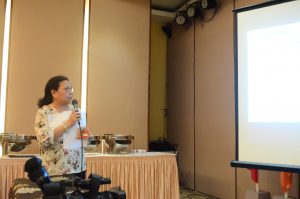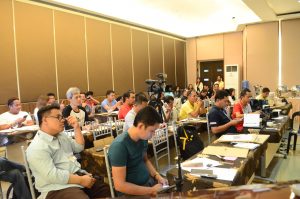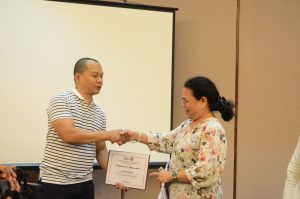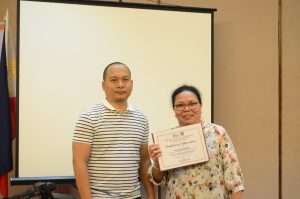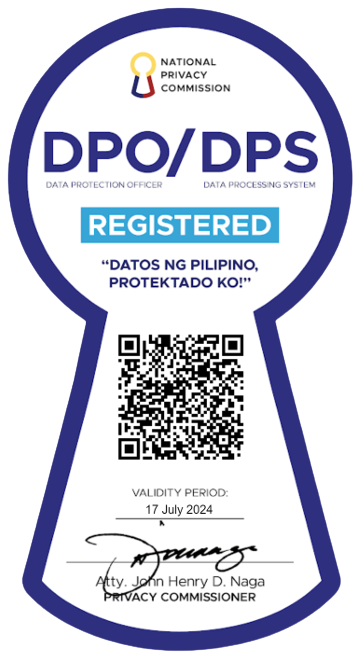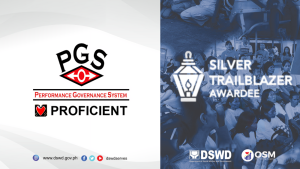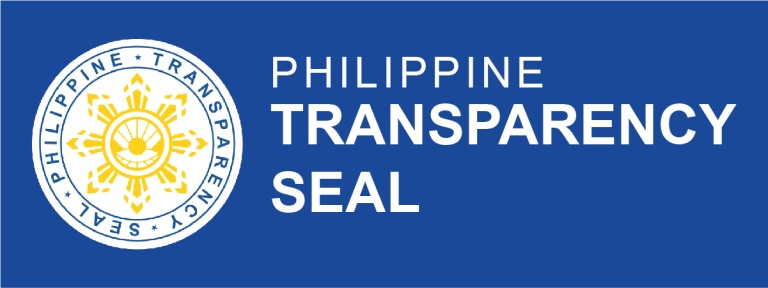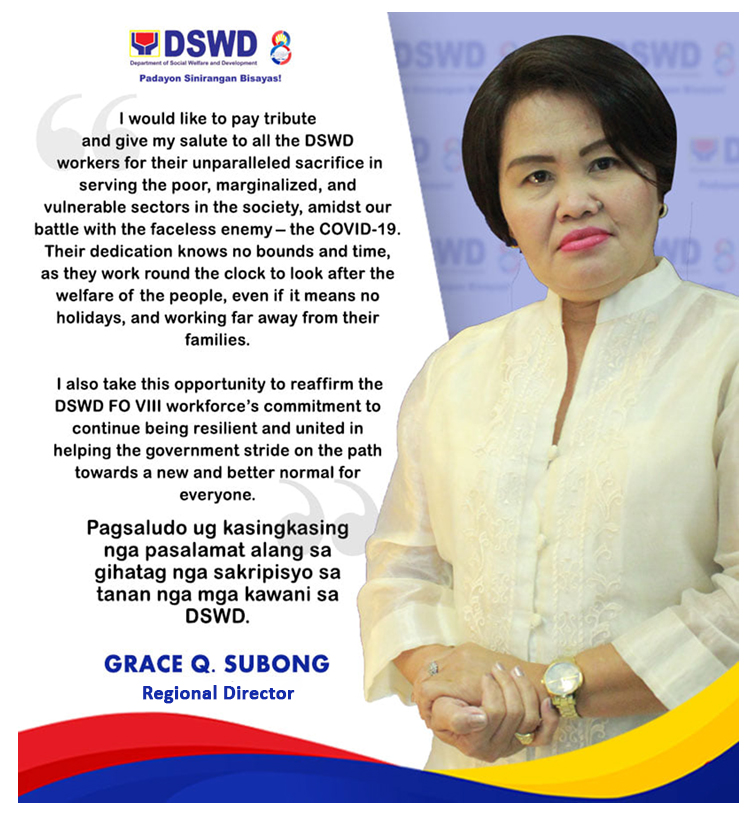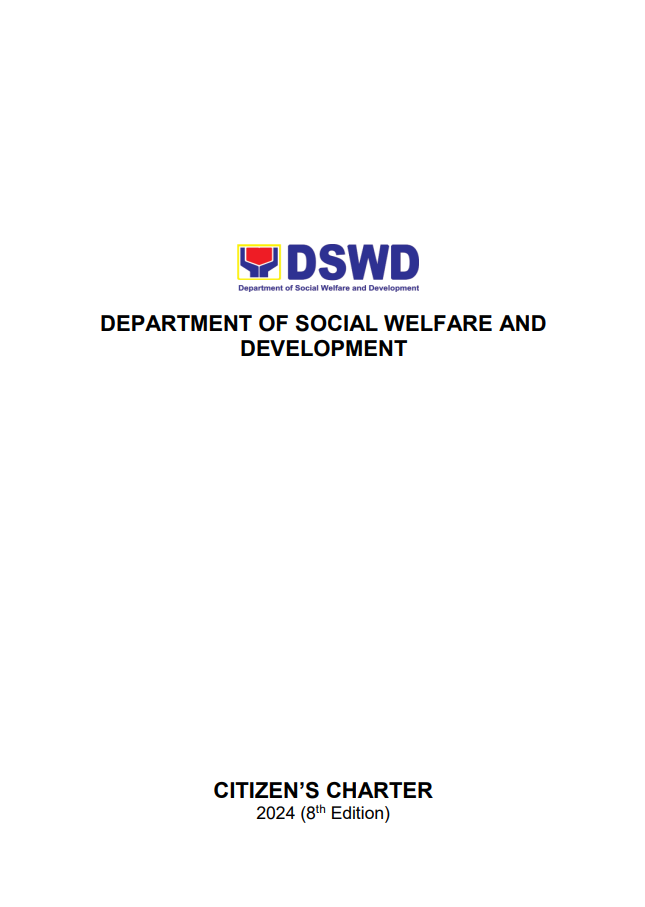The Department of Social Welfare and Development recognizes the need for a strong partnership with the media in advancing its programs and advocacy for the people. Conversely, the media can also provide valuable information from the beneficiaries to the Department – their needs, concerns and complaints.
In recognition of this partnership, DSWD Disaster Response Management Division (DRMD) recently attended a basic Disaster Risk Reduction and Management Training for media personnel. This two-day training was conducted by the Regional Disaster Risk Reduction and Management Council spearheaded by the Office of Civil Defense, at the Luxury Suites Hotel in Tacloban City.
During the training, DRMD Division Chief Pauline Liza Nadera discussed the different roles and functions of DSWD during disasters. Such roles include assistance in Camp Coordination and Camp Management (CCCM), Protection of Internally Displaced Persons (IDPs), and the preparation of Food and Non-Food Items (FNFI).
DSWD’s early rehabilitation programs were also discussed. the Emergency Shelter Assistance (ESA), the Core Shelter and the Modified Shelter Assistance Project (CSAP-MSAP) and the Cash-For-Work Program (CFW).
The ESA is a financial assistance given to disaster-affected families with partially or totally damaged houses. The standard rate is P15,000 for partially damaged houses and P30,000 for totally damaged house. This aid is to be used to purchase construction materials to enable the families to rebuild their houses.
The CSAP-MSAP involves the construction of housing units by the beneficiaries themselves, using local materials. These are environmentally-friendly and structurally strong, able to withstand up to 220 kph of wind velocity, and earthquakes up to intensity 4 on the Richter Scale. The beneficiaries are selected based on the assessment and the recommendation of the C/MSWDO.
The CFW is accomplished by engaging disaster-affected families in preparedness, mitigation, relief, rehabilitation or risk reduction projects and activities in their communities or in evacuation centers. In exchange for the work rendered, program beneficiaries are provided with cash to meet their requirement for food and other basic necessities.
Aside from discussing the different disaster response programs, Nadera also addressed issues and concerns regarding the DSWD’s disaster response program during an open forum. These issues include the lengthy process for the release of ESA, the exact definition of partially and totally damaged houses, and complaints that barangay officials and other politicians only select friends and relatives to be eligible for ESA or relief distribution.
Press people also offered suggestions such as DSWD personnel should distribute the assistance directly to the beneficiaries to avoid politics; there should be an equal rate for both partially and totally damaged houses; and DSWD staff should be present during the validation of beneficiaries.
These valuable input from the media were noted and will be brought up to the Central Office. If considered, it will be made part in the revised guidelines and in the improvement of DSWD’s disaster response programs.
#DSWDMayMalasakit
#DSWDParaSaNakararami

